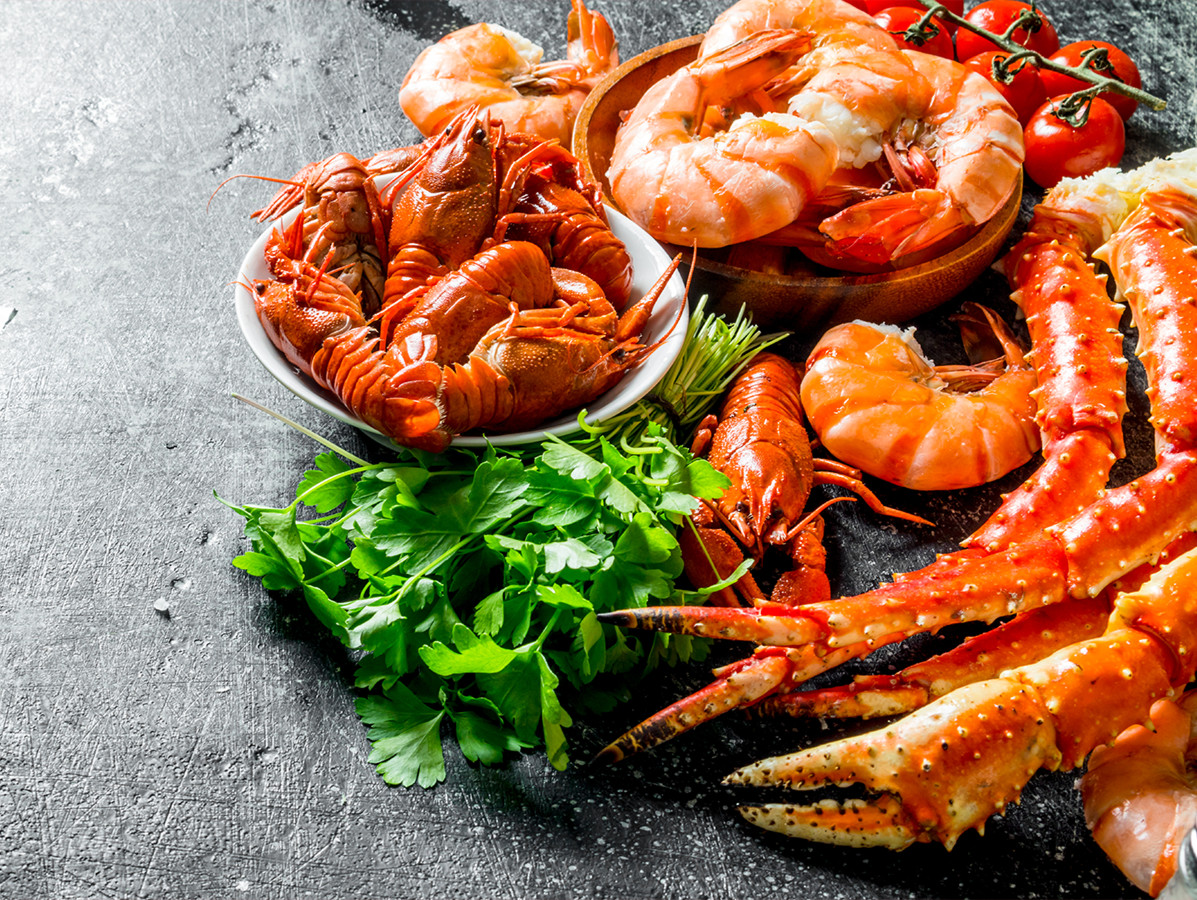
Enzymes and bacterial fermentation can extract the useful substance chitin from shrimp shells and crab shells just as well as more aggressive chemical-based processes, according to research conducted by ILVO-UGent researcher Yang Zou. This is good news for the young sector of the bioeconomy and producers of chitin, a substance that is used in the production of bio-plastics and additives for cultivation substrates, among other things. Moreover, the by-products of these more sustainable extraction processes also appear to have interesting properties for the bioeconomy, such as the potential to neutralise free radicals, kill nematodes and inhibit the formation of biofilms.
The shells of shrimps, crabs and lobsters contain useful substances, such as proteins, chitin and carotenoids. Often, however, the by-products are not processed at all. Recently, there has been a trend within the circular bio-economy and zero-waste to upgrade all by-products. In conventional processing, these by-products are usually upgraded, for example into animal feed and components for cosmetics and medical products. But until now, this is mainly done via chemical processes, which require large volumes of solvents. The chemicals used often have undesirable effects on the physicochemical properties of the intended products. In order to optimise the refining of useful substances from shellfish residues, there is a need for "softer" biological processing methods. Yang Zou therefore carried out experiments with enzymatic hydrolysis and bacterial fermentation. He succeeded in producing press cakes of chitin from the residual flows on a laboratory scale, while retaining the desired characteristics.
This research was carried out in the framework of the BlueShell project that was financed by the Era-Net Marine Biotechnology.
Source: ILVO Vlaanderen